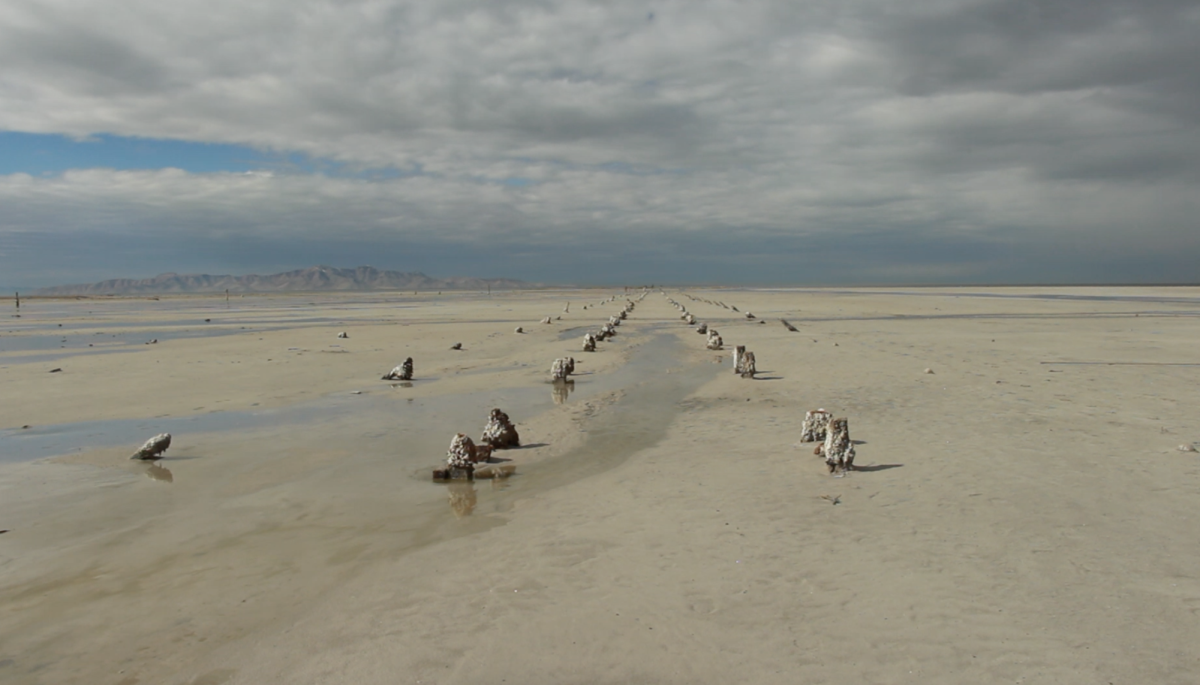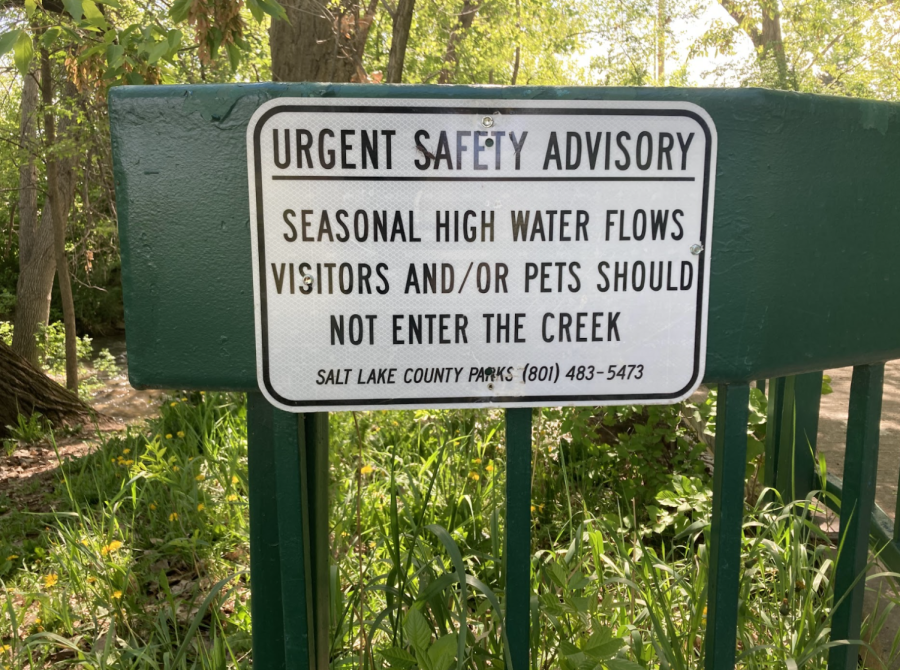Record snowpack leads to flooding
May 16, 2023
This year, Utah has received record-high levels of snow, with around 485 inches, varying in areas. According to Tim Soran, a high school physical science teacher, “Utah’s snowpack is about three to 400% of normal.”
This is mostly due to global warming. As the average temperature rises during warmer seasons, more water is evaporated. When winter comes, that water precipitates, creating higher levels of snow.
Therefore, global warming aggregates all areas of the climate. This year, however, has been good for Utah because we are in extreme drought at the moment, and the runoff and melting of this snow will benefit the ecosystem greatly.
However, the extreme water flow is creating a surplus, causing flooding. The snowpack has built up over winter, and as we transition to summer, that buildup is changing states. As it changes rapidly, the environment cannot handle the excess water.
This has led to many lakes, streams, and other water sources overflowing. An example of this is Sugarhouse Park. For weeks, the park has been closed to cars due to the high water levels
Flooding is a regular occurrence in Utah, but the last time it flooded like this was in 1983. Similarly, this flooding was caused by precipitation in the form of rain, instead of snow. This increased precipitation was also produced by the unusually cold and snowy winter and a quick rise in temperature. It caused many mudslides and building instability. More than 3,000 sandbags were put in place that year.
Right now, Sugarhouse Park, Big and Little Cottonwood Creeks, Emigration Creek, and surrounding areas are at the highest risk of flooding. Many residents have already evacuated.
To minimize damage, sandbags are the most common form of protection. The Department of Public Works can inform residents of how many sandbags are needed depending on the area of Salt Lake they live in. They can also supply sandbags for free.







































